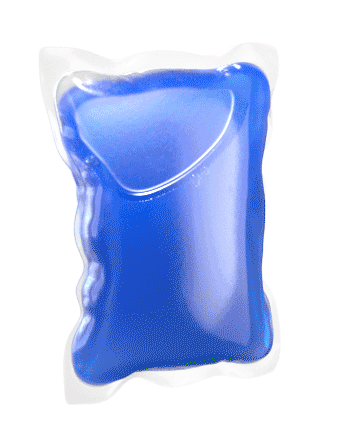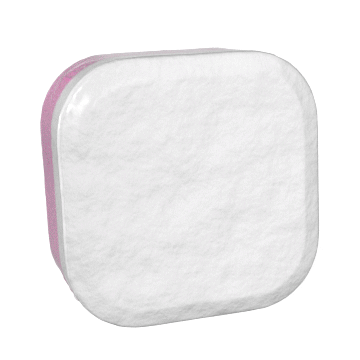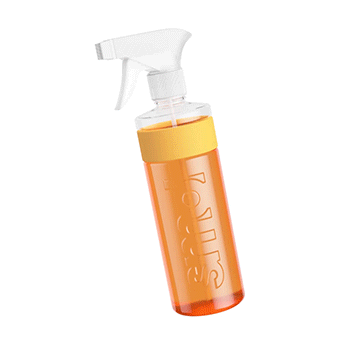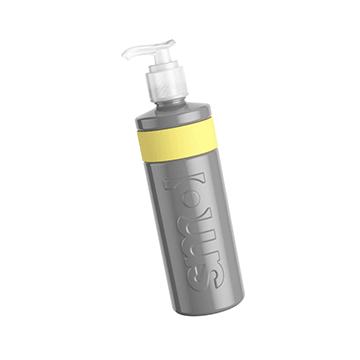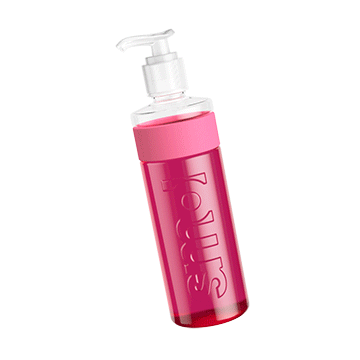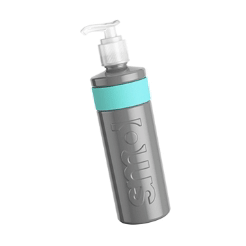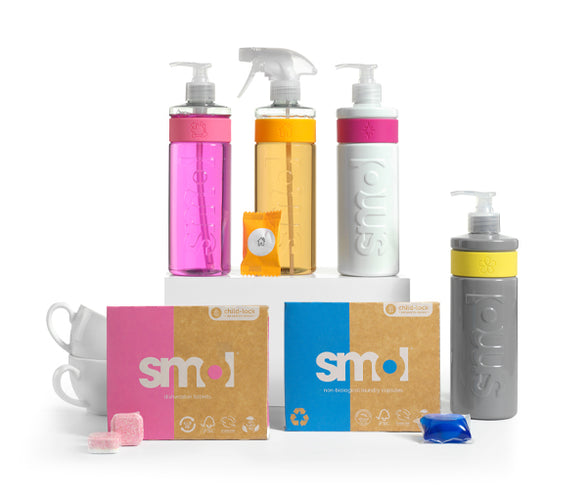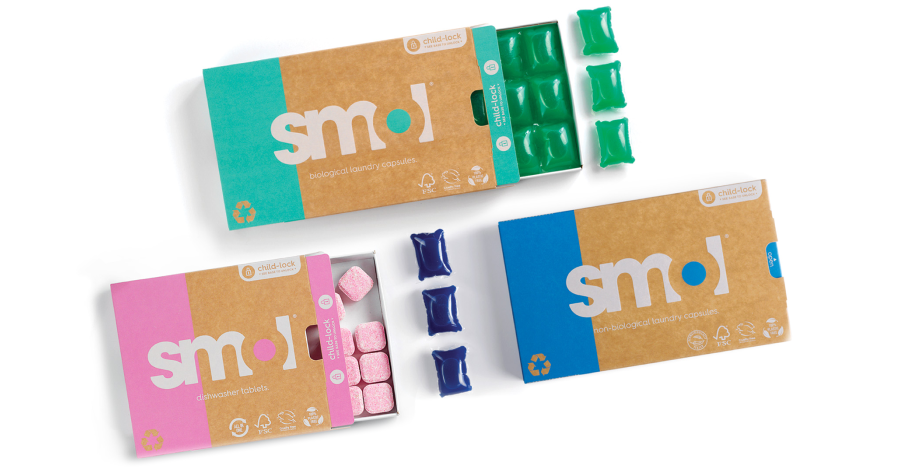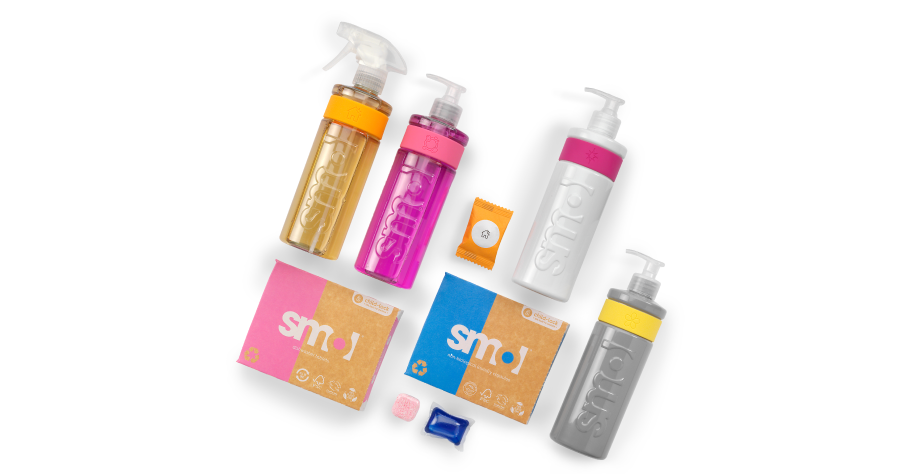
For something to be eco-friendly it must have:
“…a beneficial effect on the environment or at least not cause environmental damage.”
That’s according to the Collins Dictionary 2023.
So cast your eyes around the products and materials in your home. Has their production had a beneficial impact on the environment? Or at least not caused any environmental damage?
Were they manufactured from raw materials taken from nature? Did they require water and energy to produce? Were they grown using modern agriculture along with pesticides and fertilisers? Did they get transported from their place of origin to your home?
The more we think about the things we use… the more we see that virtually ALL products or services are going to have an environmental impact of some sort and pretty much NONE are going to have a positively beneficial impact.
so where does that leave eco-friendly?
Because as a term, ‘eco-friendly’ gets used A LOT. And as we’ve just seen, everything takes some sort of negative toll… so how can anything be defined as genuinely eco-friendly?
Here at smol, we prefer to talk about products in terms of them being more sustainable or planet friendlier than alternatives.
As we have seen, the term eco-friendly is very clear cut and means a product doesn't harm the planet in any way. Sustainability, however, covers a wider spread of activities and issues that, when their needs are met, avoids the long term depletion of natural resources thereby protecting future generations.
It’s important for us to talk about the environmental benefits of an item but we won’t pretend that they somehow fix the planet or have zero impact. If a product is sustainable it might mean that just one attribute of it is good for the environment, it doesn’t mean everything about its production is positively beneficial… as we now know, that’s not realistic.
We’re wary of brands who claim the above.
What matters to us is developing products that have less environmental impact than those of similar products.
points of impact.
Life Cycle Analyses are a great way to assess a product’s impact on the environment and it can do this during all stages of its life cycle. It’s a good way to obtain benchmarks that can be used in comparisons with other similar products to discover where one brand might be more sustainable than the other.
You can find more information about our LCAs on our laundry, dishwasher and multi purpose sprays and another great place to learn about our mission is found here.
ways to shop sustainably.
So if we want to be eco-friendly… but understand by definition that’s pretty impossible… how about some top tips around ways we CAN shop sustainably…
1. keep it in the loop.
Once something like a plastic bottle has been created, let’s keep it working.
Plastic recycling systems are failing so if we can reuse a cleaning bottle again and again, then we don’t need brand new plastic each time we run out. Refill stations are becoming more accessible in supermarkets and independents but you can also keep bottles in the loop with our Rinse & Return scheme.
Just send us your empty smols for FREE and we’ll keep them working hard. Hey presto… you’ve saved the world from a new plastic bottle. Find out all the details here.
2. consciously consume.
Consider the quantities you are buying and try to just get what you need.
Most items use energy and resources up before they even reach you so if we can buy less stuff, we reduce our impact. Our multi purpose spray is a great example of this. One cleaning bottle instead of many for multiple jobs around the house; surfaces, floors, windows, glass, bathrooms… the list goes on.
3. second hand solution.
There are some great apps for getting rid of unwanted clothes so you can keep them out of landfill AND make a little money!
And from the buyer’s point of view, giving a garment a second chance is far more sustainable than buying something from new. This stays true even when comparing second hand clothes to a new item that’s made from recycled fibres. The amount of energy and water needed in textile production always makes buying clothes that already exist a winner in the sustainability stakes.
4. choose to reuse.
Don’t leave home to go shopping without your reusable bags - you can even take them if you’re not buying groceries, just tell the shop assistant that you don’t need a bag from their store, even if it’s a paper store bag, you’ll be saving resources because you’re using whatever bag you already have.
5. refill revolution.
Look for systems that let you dissolve tablets at home with your own water. Like for example our multi purpose surface cleaning spray.
Many cleaning sprays and detergents are over 90% water. So let’s stop shipping heavy bottles of mostly water all about. It’s madness when we have the water we need waiting for us in our homes. It’s far more sustainable to ship a tiny 4g tablet to dissolve at home in order to make a cleaning solution - than transporting a heavy 500ml bottle of liquid, that will then be thrown away once it’s used up.
Keep your bottle for reuse, refill it and stop ferrying water all over the place.
6. concentrate.
When it comes to cleaning, one of the best options for the environment is concentration.
It’s what we aim for with as many of our products as we can because it helps eliminate excess packaging, polluting transportation and waste.
final words.
So now we know to be suspicious around the term eco-friendly, especially when used by brands to describe their products… let’s give a brief explanation around some other environmental words…
sustainable resources.
A sustainable resource is one that has the ability to replenish itself naturally. It’s the opposite of a non-renewable resource like fossil fuels (which will eventually run out).
Bamboo is an example of a sustainable resource and it’s why we make our toothbrushes from it. It’s one of the fastest-growing plants on Earth, reaching full growth in 3-4 months. It also requires very little water, doesn’t need pesticides and is great for the soil because it doesn’t need to be uprooted – it can regrow from its own root system.
biodegradable.
This word refers to the ability something has to get decomposed by bacteria or fungi (with or without oxygen) while getting reintegrated into the natural environment. Cardboard is an example of a biodegradable material because it degrades completely within a maximum period of one year. As it is basically cellulose, its decomposition time is quick and if it is exposed to humid weather conditions its degradation accelerates even more.
That’s one reason why we worked so hard to create our world-first cardboard laundry and dishwash pack.
compostable.
The word compostable is slightly different to biodegradable because it’s taking things one step further… it’s not only going to decompose, it’s going to add nutrients to the soil around it. Compostable items will also break down a lot faster than biodegradable ones. Again, cardboard is great for this… it adds organic matter to the soil, improving drainage and boosting nutrient levels. Earthworms love the dark, moist habitat cardboard provides, leaving behind a nutrient-rich layer of worm castings–free fertilizer!
recycling & post-consumer.
Recycling remains an important aim despite the poor rates that exist around plastic.
In theory, recycling should give our used disposable items like paper, glass, metal and plastic the chance to turn back into usable materials, keeping them out of landfill and the environment.
We ensure any plastic bottles we create are made using 100% recycled post consumer recycled PET plastic so you know they are made from materials that used to be something else! And were certainly NOT created using brand new virgin plastic.
vegan & cruelty-free.

When a product is labelled vegan, it means no animal products were used in its production. If it’s cruelty-free, it means that no animals were tested on during its development.
Rest assured that all smol products are vegan and also cruelty-free with Leaping Bunny certification from Cruelty Free International.
